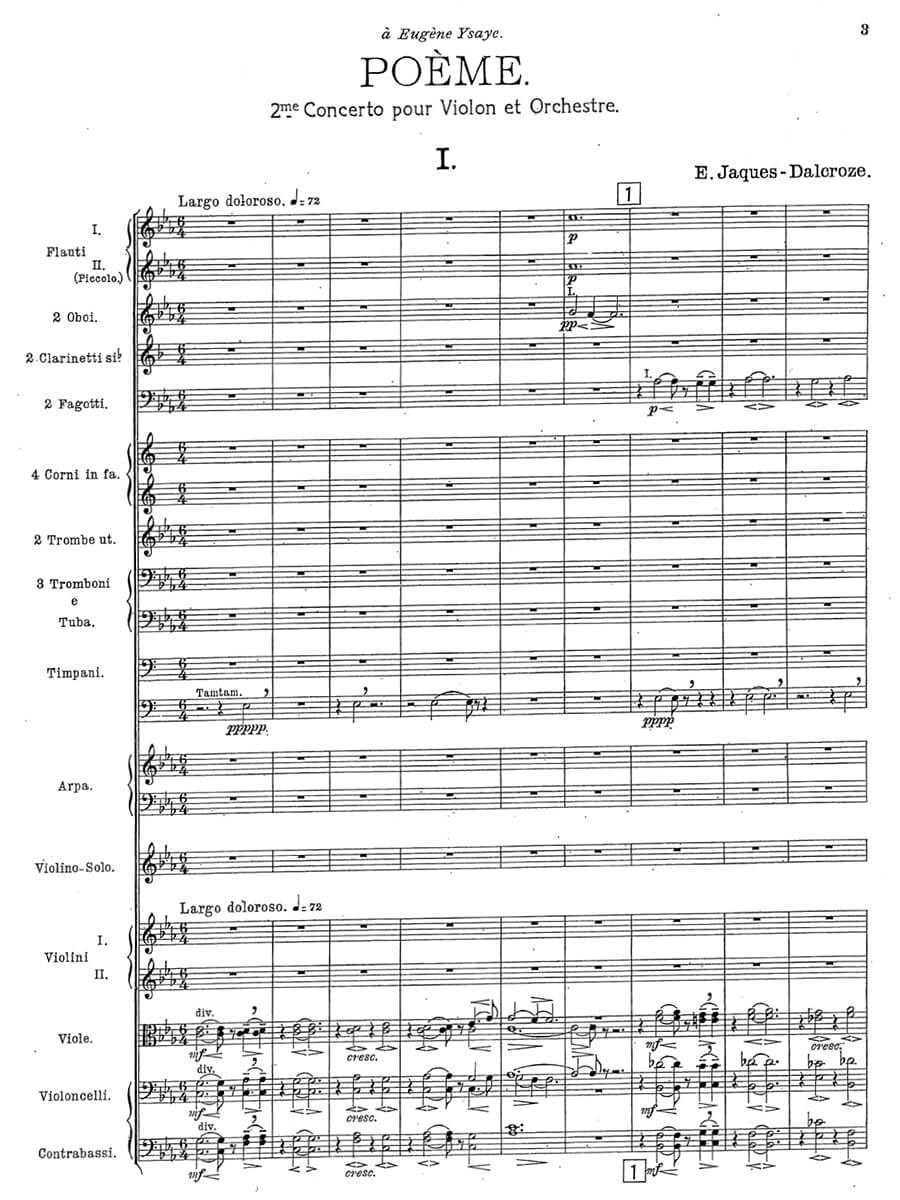“Poème” (Second Violin Concerto)
Jaques-Dalcroze, Émile
30,00 €
Preface
Jaques-Dalcroze, Émile – “Poème” (Second Violin Concerto)
Full preface / Komplettes Vorwort > HERE
Score Data
| Edition | Repertoire Explorer |
|---|---|
| Genre | Violin & Orchestra |
| Size | 210 x 297 mm |
| Printing | Reprint |
| Pages | 108 |
